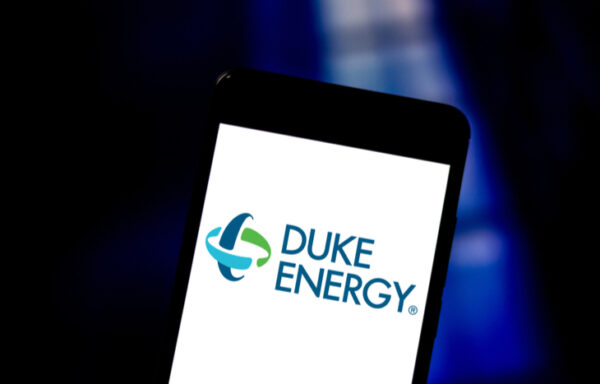A Food Fight Over Nutraceuticals
A Food Fight Over Nutraceuticals
by Tony D’Altorio, Investment U Research
Monday, October 18, 2010
At first glance, the food and drug industries have very little in common. One is a relatively slow and safe business, the other a high-risk, high-reward venture.
Yet these days, they seem to be moving in a common direction… straight towards the clinical nutrition and nutraceuticals business.
Broadly speaking, clinical nutrition and nutraceuticals offer a wide range of products. They make foodstuffs and non-prescription medications that slow or prevent illnesses.
Basically, nutraceuticals take the fortified food market – worth an expected $175 billion worldwide this year – up to the next level. About five years ago, energy drinks mainstreamed the sector, but it still has a lot more to grow.
Knowing that, who can blame multinational food companies and the drug industry for wanting a bite?
Nestle Pioneers A New Industry
Several weeks ago, Swiss food giant Nestle ADR (OTC: NSRGY) made an announcement. It plans to invest over half a billion dollars in the next decade towards creating a stand-alone health science business.
Nestle wants to “pioneer a new industry between food and pharma” that develops products to combat diabetes, Alzheimer’s and heart disease. And it foresees the sector generating billions in revenue.
The company knows very well of the challenges ahead as it moves into this relatively new area. This new division’s fortunes will rest more on Nestle getting doctors’ recommendations for its products than on bagging space on supermarket shelves.
On the plus side:
-
- Nestle already has some experience in the general sector, selling $1.7 billion through its existing healthcare nutrition business.
- It also held a controlling stake in eye care company Alcon (NYSE: ACL) until August, when it sold it to Novartis ADR (NYSE: NVS).
Demographic and health trends have Nestle predicting an increase in demand for nutraceuticals. Heart disease, diabetes, obesity and, oddly enough, life expectancy, are all increasing in the developed world.
Yet at the same time, governments are cutting back on healthcare spending all around the world. So Nestle believes demand can easily spread to emerging markets.
It isn’t the only company that thinks so. Danone ADR (OTC: DANOY) is busy churning out probiotic yogurt and related products for combined sales of $5.1 billion last year. And Pepsico (NYSE: PEP) recently announced its intentions to set up a global nutrition unit as well.
All three know that nutraceuticals hold the promise of 20% – 25% profit margins*. That high difference reflects the elimination of costly food ad campaigns and more pricing power on the products.
Dealing with hospitals and doctors rather than aggressive retailers means less profit margin erosion. And insurance companies reimbursing many of them gives consumers one more reason to buy them.
Food Fights With Pharma Companies
Food companies’ biggest worry is whether they can really compete against the large pharmaceutical companies in the nutraceutical business. Though many of the larger businesses moved out of the over-the-counter medicines market in the 1990s, they’re now moving back into it.
After all, with the headache of too many expiring drug patents, they need to find growth somewhere. And in several ways, they’re more naturally suited to nutraceuticals.
They can much better design costly and time-consuming clinical trials for products. And they also have a one up in working through the regulatory processes in both the U.S. and Europe to get approval.
In fact, the latter may present the biggest obstacle for food manufacturers. They will have to use scientific analysis to prove marketing claims to agencies like the U.S. Food and Drug Administration.
On the other hand, food companies have an edge in the actual marketing arena. They know retail consumers’ needs much better than the competition, which are notoriously poor advertisers.
Which Industry Will Have the Nutraceutical Advantage?
In the end, neither industry has a huge advantage over the other for nutraceuticals. Investors should actually expect some type of union between the two before long**.
For evidence of this, just look at Swiss pharmaceutical giant Novartis’ new CEO, Joe Jimenez… who has many years of experience at consumer goods companies such as H. J. Heinz (NYSE: HNZ).
Now, one of his aims in his new position is to improve marketing, streamline distribution and squeeze costs. Just like he would if Novartis were in his previous businesses.
If the two industries continue to cross-pollinate in such a way, both can learn a lot from the other.
[adzerk-get-ad zone="245143" size="4"]




